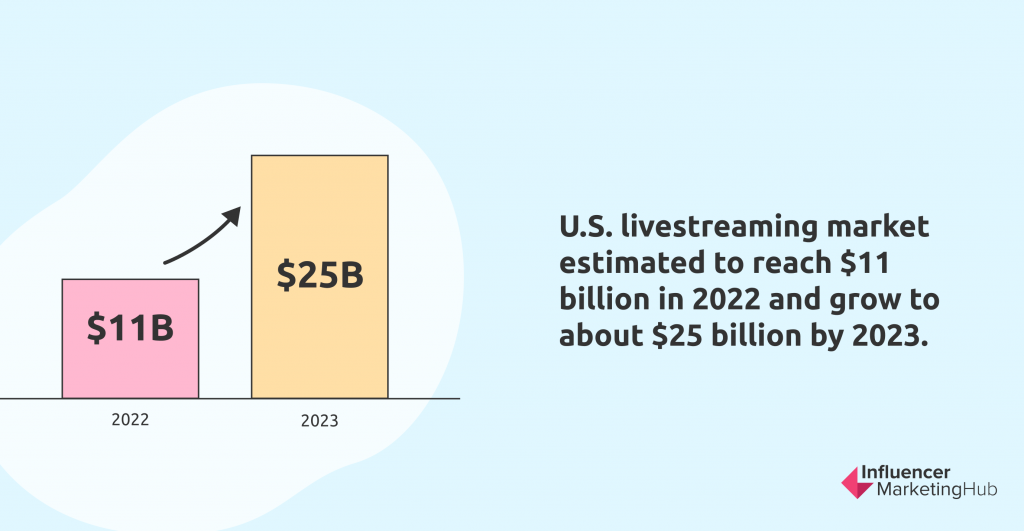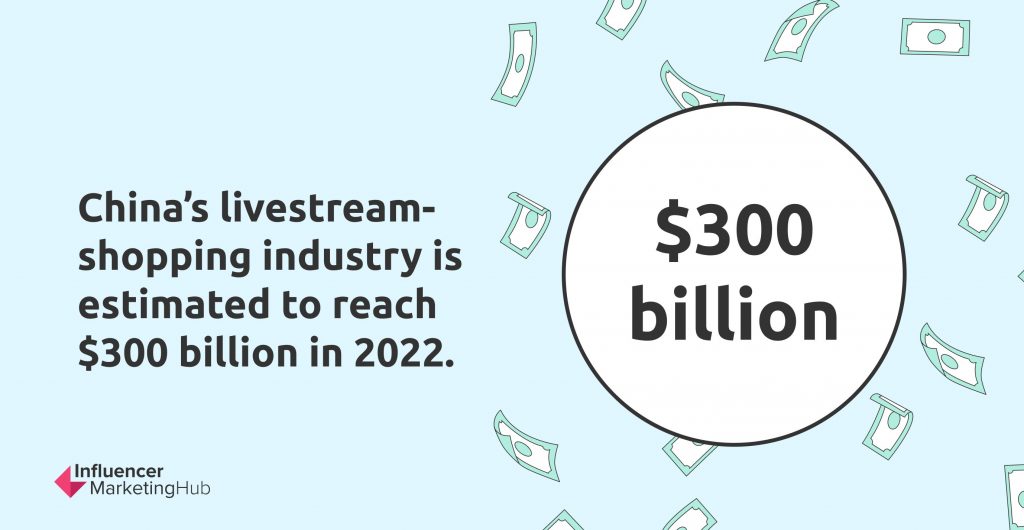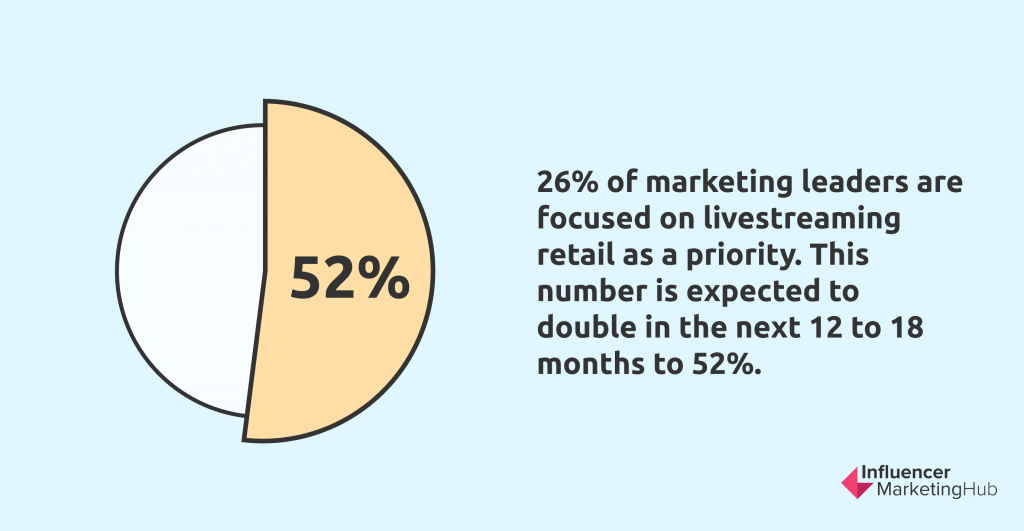The idea behind social commerce is straightforward. It usually involves brands using social media to sell their goods or services instead of relying on a stand-alone eCommerce site. Things are not quite so clear-cut in practice, however, as social commerce often includes sales of products promoted on social media that link to a stand-alone eCommerce store.
What is the Difference Between Social Commerce and eCommerce?
The two forms of online commerce are very similar. You can easily think of social commerce as a specialist form of eCommerce. Technically, eCommerce happens on a website where you built an online store. Social commerce sales, however, occur on social media.
However, definitions are quite fluid, and you might widen the meaning of social commerce to include all sales facilitated by social media. With this broader definition, you would include sales made due to social media advertising, even if people follow a link in the ad through to your main online store.
5G connectivity will enable XR experiences across connected devices
Aside from edge cloud processing and advanced AI, the continuous global deployment of 5G wireless connectivity will enhance social commerce. It will enable seamless mixed reality experiences across a wide variety of connected devices.
An eMarketer report forecasts AR users in the U.S. to grow to 101.6 million people in 2022 from just 83.7 million in 2020. If brands are able to leverage new technologies and the power of 5G to deliver more immersive shopping experiences to the consumers, this growth forecast will likely be surpassed.
Source: emarketer.com
While influencers will still play a key role in promoting clothing, digital avatars are poised to walk along digital fashion runways. They will give brands more flexibility in layering digital clothing, promoting new collections, and enabling digital sampling. Consumers will also have more realistic views of how clothes and accessories look when worn even when shopping online.
The rise of the Metaverse will further spur the use of digital avatars. Fashion retailers can take advantage of this trend by offering digital accessories and digital clothing that these avatars can use.
Mainstream use of NFTs still in contention
This year, the demand for non-fungible tokens (NFTs) went mainstream with the increased popularity of the Metaverse. This was further boosted by Facebook’s rebranding as Meta. Many independent artists and digital creators welcomed this revolutionary form of compensation for their work.
However, much debate remains on the use and nature of NFTs. Among the criticisms for its use are its significant environmental impact, unreliability, lack of regulations, and volatile nature. Still, brands engaged in social commerce and eCommerce should look deeper into how NFTs can potentially benefit them in the emerging creative economy and digital ecosystem.
As a new form of social commerce, NFTs can empower creators, collectors, and small businesses alike. Before you dive into it though, make sure to exercise due diligence. Identify your potential use cases, assess risks, and determine if NFTs can add true, long-term value to your business.
Micro-influencers to continue helping brands increase reach
Collaborating with micro-influencers isn’t exactly a new trend but it is still relevant today and will remain so in 2022. Small businesses in particular will find that micro-influencers can enable them to balance ad budgets better while achieving wider audience reach.
Unlike some big name influencers that have hundreds of thousands to millions of followers, micro-influencers collaborate with brands at budgets that even small enterprises can afford. They often have very specific audience types that simplifies segmentation and ad targeting. Moreover, they are usually perceived to be more authentic and transparent about paid collaborations than major influencers. Considering all these factors, micro-influencers definitely have an impact on helping brands drive conversions.
When working with micro-influencers, choose those in a niche within your industry and whose followers are similar to your target persona. Look for people who engage with their audience on a personal level and who have established relationships with their loyal followers.
Frictionless experiences will win hearts and loyalty
Consumers today have very little tolerance for digital inconvenience. Brands still using outdated business models with complicated and a long buyers’ journey will inevitably frustrate them. In contrast, brands that offer frictionless and seamless experiences across all platforms are bound to see increased acquisition and retention rates.
Go through your customer experience map and spot bottlenecks in the buyers’ journey. Remove any unnecessary steps and aim to streamline the entire process. Make it easy for your customers to complete purchases on your social platforms. By continuously improving your customer experience, you can provide the digital convenience that consumers today are looking for.
User-Generated Content Still an Essential Marketing Strategy
The essence of social media involves people communicating and sharing information. While this may in some ways seem at odds with social commerce, it wouldn’t be a problem as long as brands avoid hard-sell or blatant advertising.
Of course, brands have advertised on social media for years. People accept Facebook Ads as a legitimate part of the platform now. However, it should be noted that the most successful brands don’t create ads that look like traditional ads. They’re more subtle and less “in-your-face.” Brands tend to offer useful and relevant information about a product to provide value to those fed these ads. Anything that resembles a traditional ad tends to be simply ignored and scrolled past by social media users.
User-Generated Content (UGC) has proved highly beneficial to brands in recent years, and this will become even more so in the years to come. It helps social media users feel that they are working with a brand with an identity instead of just being fed a message. People are far more likely to share messages containing UGC, which increases the potential reach of a social marketing campaign.
The other advantage of UGC is that it can more effectively alter people’s perceptions. It is not just a brand plugging itself—this content is created by somebody perceived to be neutral and is therefore more trustworthy. It implies a high level of trust.
Conversational Commerce Now an Essential Element in Social Commerce
In 2021, chatbots via messaging apps became commonplace. Social media platforms enabled more responsive chat functions and real-time conversations. While consumers prefer to get support from a live agent, chatbots are still a welcome help if they help get issues addressed quickly.
As consumers have increased demand for quick answers and resolutions to their questions and problems, conversational commerce through messaging apps is now a necessity and not just something nice to have.
Of course, having somebody sitting on a messaging app all day may be beyond the resources of many businesses. This is where chatbots that can take full advantage of AI capabilities come to the fore. Modern chatbots can do much more than just provide answers to common questions. They can “speak” to people and carry on more natural conversations.

More Use-cases of AI, ML and AR in Social Commerce
Artificial intelligence (AI), machine learning (ML), and augmented reality (AR) are all emerging technologies that see accelerated improvement over time. Brands are finding that all of them can help improve their ability to engage in social commerce when used efficiently. We have seen above how AI can make chatbots usable and how they can undertake a sensible conversation with potential buyers.
Perhaps the best example of AR on social media at the moment is on Instagram, where you can modify on-screen the look of your surroundings. TikTok has similar capabilities to help with the videos you create.
Brands have used AR to let you virtually decorate your house by “adding” new products to your rooms just by using the camera in your phone.
Another way firms use AI is to create an automated checkout. For example, if a firm uses a Facebook Shop, they can employ Jumper.ai. This helps you create a conversation with potential customers and talk them through the purchasing process.
Voice technology and conversational shopping continue to increase in popularity

Many Millennials and those in Generation Z prefer to search by voice as it can be much more convenient than typing. Many people who prefer to search using voice technology are also more likely to buy items using the same technology.
Both Android and Apple also integrate voice technology in their devices, and both of their respective voice assistants are becoming more sophisticated with each iteration. With stand-alone devices such as Amazon Alexa and Google Home becoming more commonplace, brands will need to leverage the power of voice technology to increase customer engagement and remain competitive.
According to Statista, eCommerce purchases made using voice technology are forecast to increase from USD4.6 billion this year to USD19.4 billion in 2023. That’s more than a quadruple increase in just two years. That’s also a huge market share you wouldn’t want to miss out on. This makes it the best time to optimize your brand for voice technology—from voice search to conversational shopping.
Source: statista.com
Live Streaming Poised to Grow Further
One way businesses adapted to lockdowns and restrictions in 2020 was the use of live streaming. Brands promoted products to a select group over Zoom and Microsoft Teams or to a broader audience via Facebook Live, Twitch, and many other streaming apps.
Source: pexels.com
Brands and influencers working on their behalf have discovered how easily you can use live streaming to promote new products and services. You can target potential customers at every stage of the sales cycle, from generic streams highlighting the importance of an industry to streams focusing on specific product benefits and even streams offering customer service to existing clients.
And of course, you can combine live streaming with a social promotion where people can buy the products being featured in-app. For example, you could hold a Facebook Live stream promoting your product’s benefits and have a Facebook Marketplace Ad in the feeds of the same people watching your live stream.
In the next couple of years, consumer demand and faster connectivity will boost the growth of live streaming platforms. By 2023, the live streaming market is expected to bring in hundreds of billions of dollars in global annual sales.


